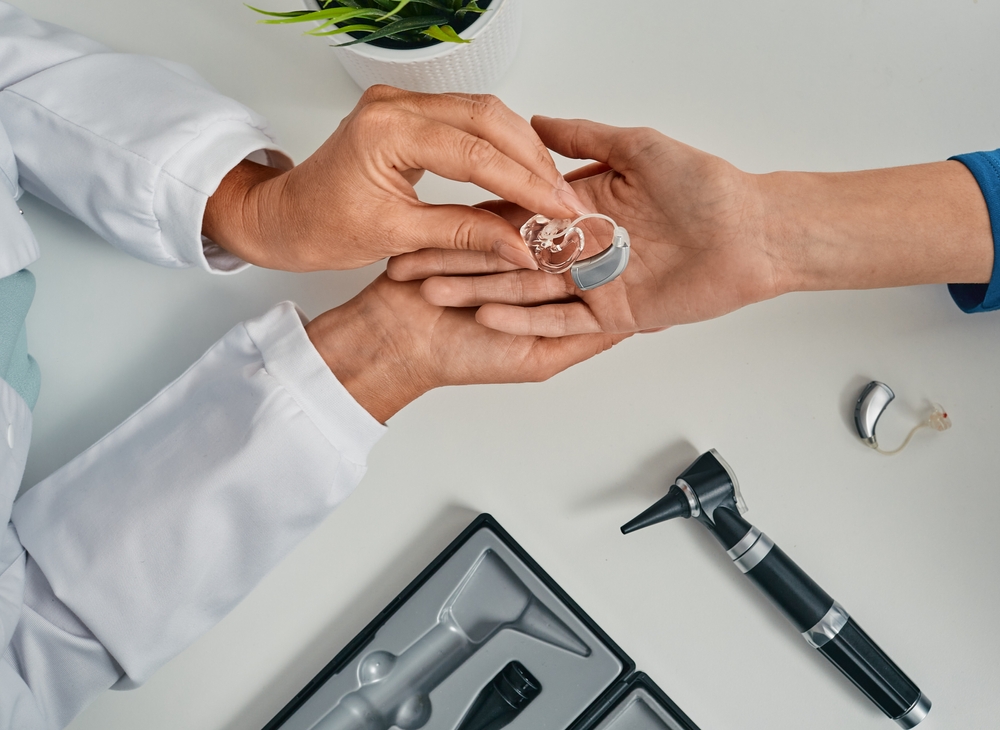Hearing aids are vital for strengthening daily communication by boosting the clarity of sound. For optimal performance, it’s crucial to schedule periodic upkeep and routine professional cleaning sessions. Over time, earwax, moisture, and debris can build up, leading to decreased performance. Recognizing when to seek professional cleaning can help prolong the longevity of your hearing aids and maintain optimum performance.
Why it’s important to have your hearing aids professionally cleaned
In spite of regular maintenance at home, hearing aids can gradually collect debris that might impact how well they work and the quality of sound they produce. Regular servicing provides a number of advantages:
- Extensive Sanitizing– Effectively eradicates stubborn earwax, dust, and moisture that regular cleaning methods frequently miss.
- Enhanced efficiency – Gets rid of blockages that might cause muted audio or distortion.
- Improved Longevity – Helps to avoid premature degeneration of your hearing aids, thereby minimizing the need for repairs or replacements.
Having your hearing aids cleaned by a specialist helps ensure they operate at their best, reducing the likelihood of sudden malfunctions.
Indications that your hearing aids need professional upkeep
If you’re uncertain whether it’s time for a professional cleaning, watch for these common warning signs:
-
- Unclear or Jumbled Audio: If voices and background noises seem feeble, muted, or altered, the problem may be caused by obstructions, including earwax or debris, obstructing the device’s microphone or speaker.
- Constant Feedback or Screeching: A squealing noise at a high pitch (feedback) could suggest a blockage from earwax or a poorly device. Professional cleaning can assist in clearing obstructions and adjusting the fit accurately.
- Issues with Volume Control: If adjusting the volume doesn’t seem to have the intended effect, internal elements may require repair or software reset.
- High humidity can impact the device’s internal components, resulting in random audio disruptions or unreliable button control. A skilled expert can evaluate and resolve issues caused by moisture or water damage.
- Visible Wax or Dirt Build-up: If you notice a substantial buildup of wax or debris on your hearing aids, professional cleaning ensures a more thorough clearing than at-home care.
What to expect during a professional hearing aid cleaning
A professional cleaning appointment goes past standard upkeep and ensures your devices operate optimally. Here a number of things your hearing specialist will accomplish during a cleaning:
-
-
- Use precision tools to eliminate wax, dirt, and moisture without harming delicate parts.
- Confirm the proper performance by examining and repairing any broken components.
- Check software and hardware for any functionality issues impacting sound quality.
- Swap out any tubing or filters that might be affecting the performance of the device.
-
How frequently should you schedule professional upkeep?
The need for professional cleanings varies based on factors like how much earwax is produced, the levels of humidity, and how the device is generally used. Basic suggestions include:
-
-
- Standard maintenance should be carried out every 3 to 6 months.
- More regular cleanings are advised for people predisposed to excessive earwax buildup or those living in humid environments.
- As soon as issues emerge, addressing modest problems early can avoid costly repairs.
-
Take care of your hearing aids for optimal performance
Routine professional maintenance is essential for preserving your hearing aids and ensuring clear, high-quality sound.
If you’re noticing muffled audio, feedback, or performance problems, it might be time to schedule a professional cleaning.
Schedule your hearing aid cleaning and maintenance today.


